Let’s talk about June in the Victorian and Edwardian eras! All signs point to it being one of the most popular times of the year, and researching the topic is a joy, not to mention pleasing to the eyes. It was a month of importance. A time of decadence, socializing, and inspiration. Would you like to add a dash of vintage elegance to your summer? Read on.
June as a muse
The month of June and the nature it produced were inspirations to Victorian artists. Mother Nature is in full bloom during the month, with a wider array of colors than seen most times of the year. The book The Country Diary of an Edwardian Lady by Edith Holden chronicles the changes in her garden each month of the year. Her June illustrations are the most colorful and up close.
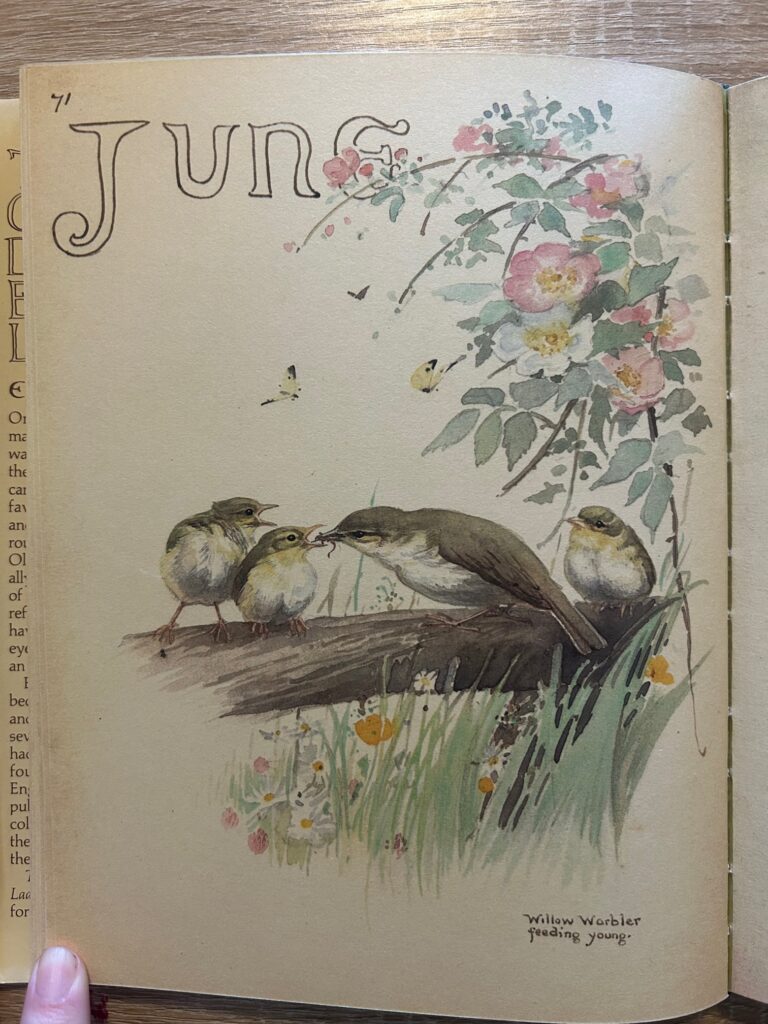
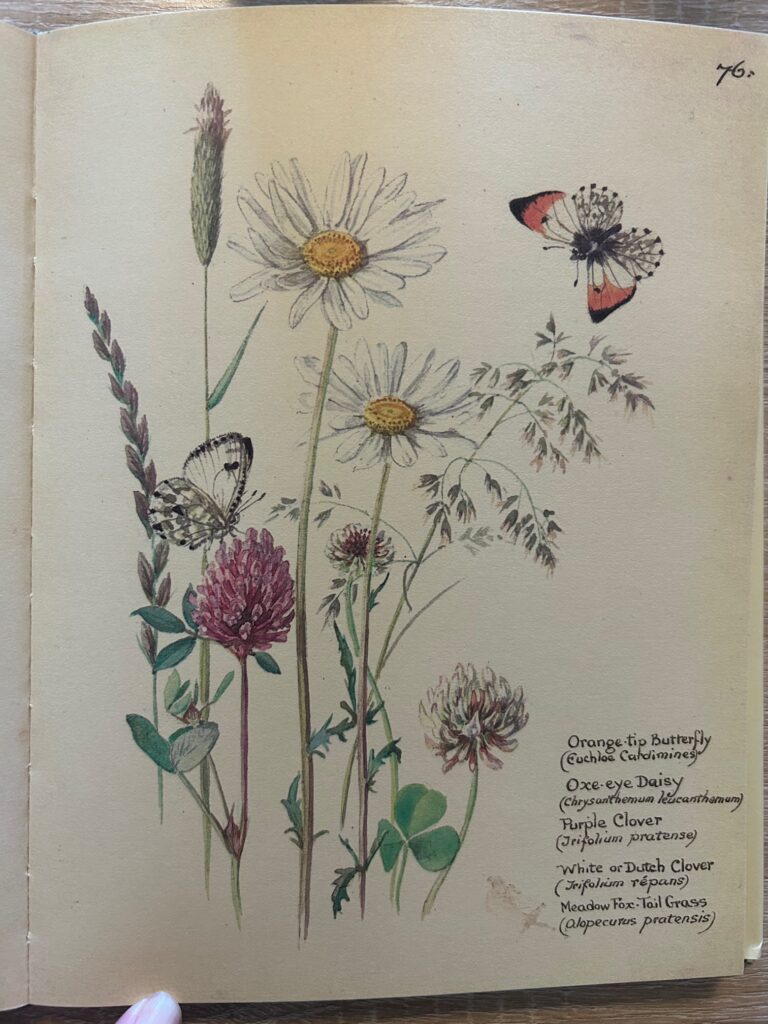
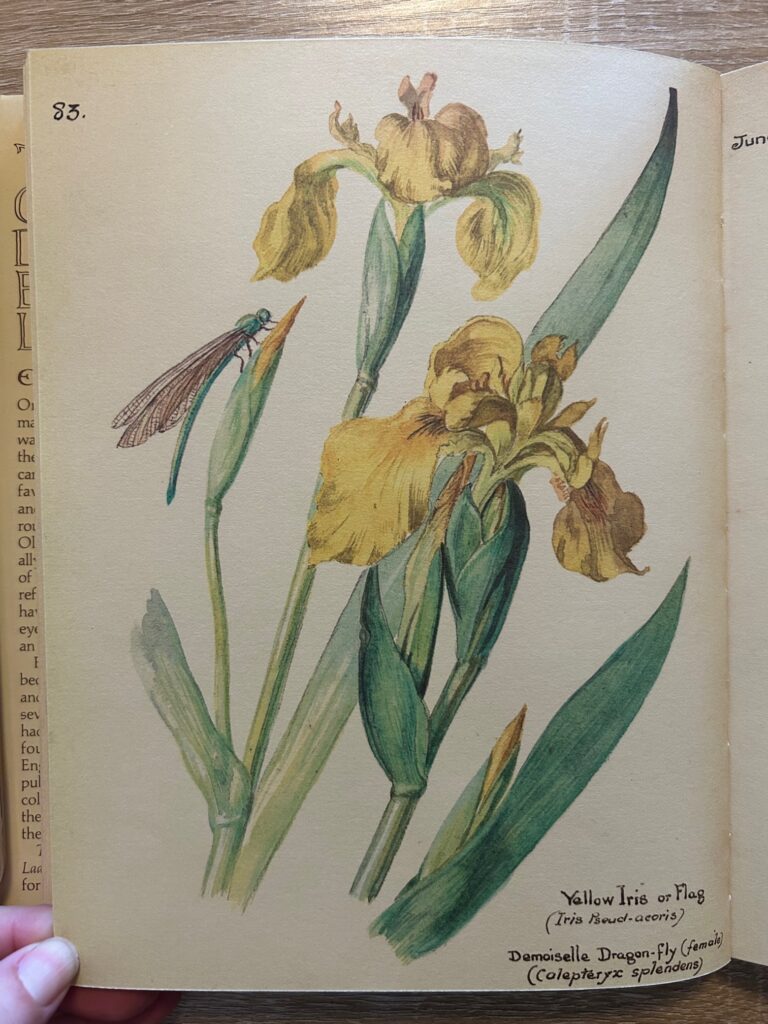
Artistic inspiration was not limited to portrayals of flowers. Artists loved to make comparisons between nature and the female spirit. Flaming June by Sir Frederic Leighton, for instance, is such a comparison.
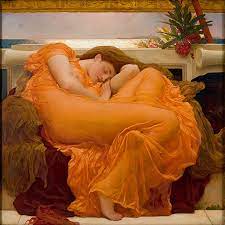
The glow on the woman’s face is possibly meant to represent the colors of the month, while the mid-day nap is meant to highlight the leisurely nature of the summer season.
Here are some other colorful paintings of the Victorian summer.
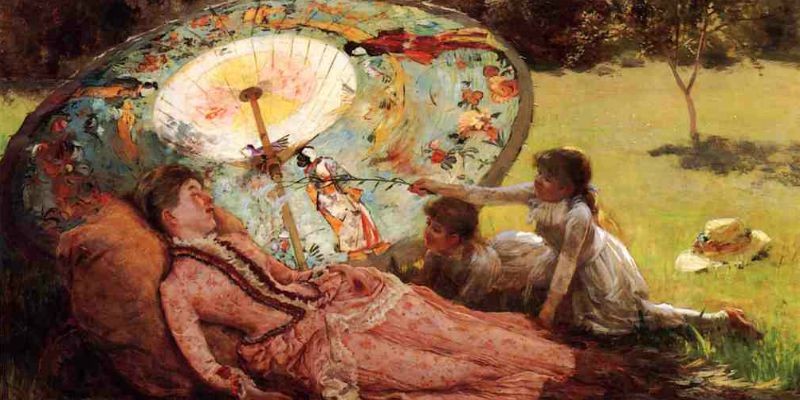
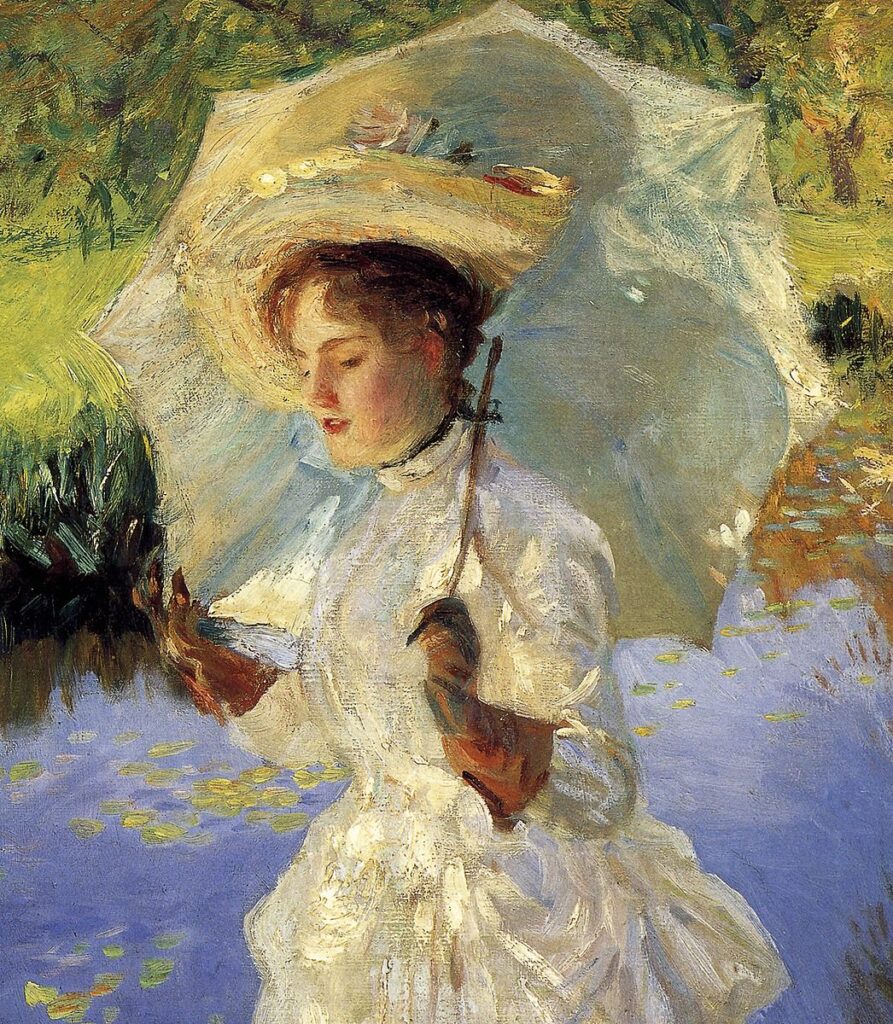
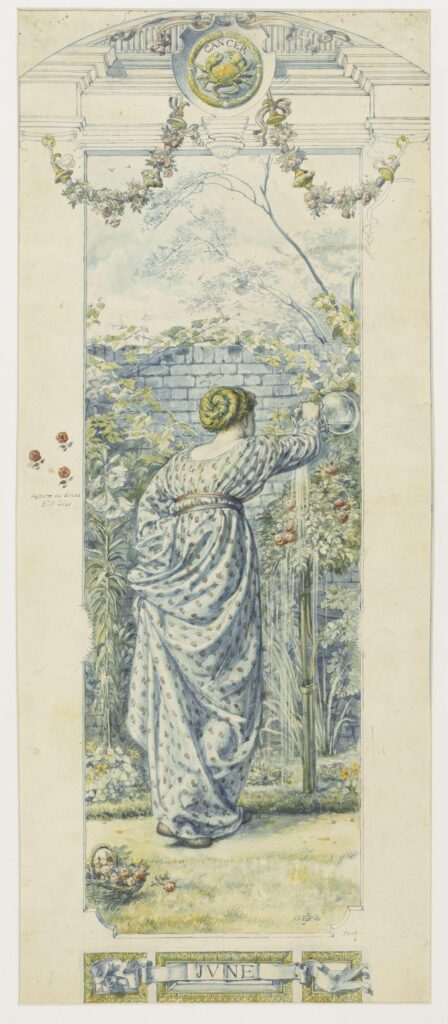
June’s mottos
The Country Diary of an Edwardian Lady includes “mottos” for each season. Her entries for June are:
“Mist in May and heat in June
Bring all things into tune.”
“June damp and warm
Does the farmer no harm”
“Barnaby bright (June 11)
All day and no night.”
“St. Barnabas, mow your first grass.”
Note: St. Barnabas is the Saint for June 11. You can read more about him here.
More literary quotes about June:
“June was white. I see the fields white with daisies, and white with dresses; and tennis courts marked with white. Then there was wind and violent thunder. There was a star riding through clouds one night, and I said to the star, “Consume me”. That was at midsummer.” ~Virginia Woolf
“It was June, and the world smelled of roses. The sunshine was like powdered gold over the grassy hillside.” ~Maud Hart Lovelace
“Green was the silence, wet was the light,
the month of June trembled like a butterfly.” ~Pablo Neruda
The social season
Depending on where you lived, June would have found you right in the middle of the social season during the Victorian and Edwardian eras. I covered the history of the tradition on the blog recently: The social season: 19th Century’s time to party
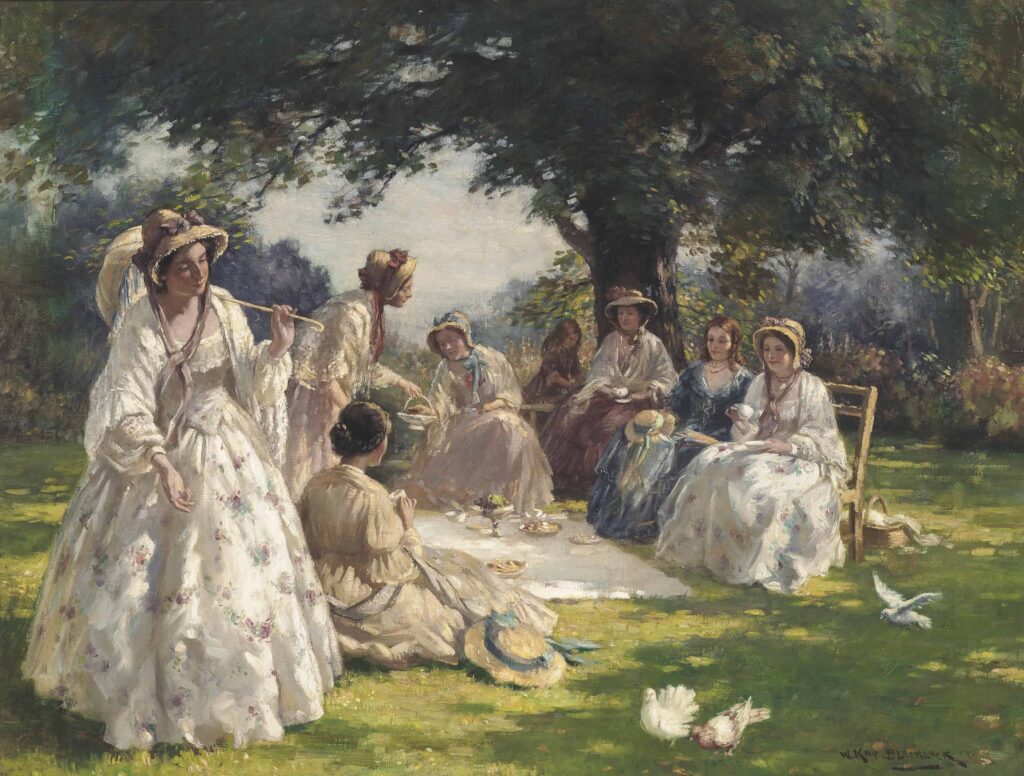
Besides the official formal gatherings such as the Royal Ascot that I cover in the post, June was full of lazy outdoor gatherings that would last all day long. Picnics, garden parties, BBQs, and more were enjoyed and well planned out. I have covered some of these summer activities on the blog:
How to host a Victorian picnic
How crazy was the croquet craze?
The titillating history of the tea dance
Women and the Victorian bathing machine
June holidays in the Victorian and Edwardian eras
The Queen’s Official birthday
How I would enjoy being Queen! I absolutely love my birthday, and having two of them would be most welcome! Many of you will be aware that the Queen or King of England gets the luxury of having two celebrations to mark their birth, one with their family on their actual birthday, and one in June. Queen Victoria’s birthday was in May, and I have not been able to ascertain whether or not she had a celebration in June. Considering her long period of mourning and the lack of information, I am guessing not. However, Edward VII and George VI did. Both kings held celebrations over multiple days and I am sure it was a fun occasion observed around all of London.
Midsummer’s Eve
Midsummer celebrations have been held for centuries, recognizing the longest day of the year. Though it had previously been associated with pagan rituals, in the Victorian era parties were often held in communities. After all, what better occasion than a long, warm, magical day? This Victorian Life includes a passage from the 1895 book How To Amuse Yourself and Others: The American Girls Handy Book that outlines possible activities to be included in a Midsummer celebration. Before listing instructions for several games it encourages girls to celebrate the day despite its pagan roots:
The girls of to-day who, although advanced enough to discard the superstitious element, can appreciate the poetic ideas symbolized by these ancient rites, may take hints for the entertainment of themselves and friends from the old belief in the mysteries and charms of midsummer eve.
Games can be invented, and pretty keepsakes and souvenirs exchanged upon this night, that will translate ancient paganism into modern good feeling and fellowship.
Clothing
Women’s clothing in the Victorian era shifted from dark, heavy fabrics designed to protect the body to light fabrics that could provide as much relief as possible while also being worn in the required layers. I will do an entire post on Victorian summer clothing coming up, but for now, will leave you with some lovely examples of dresses that would have made an appearance in June.
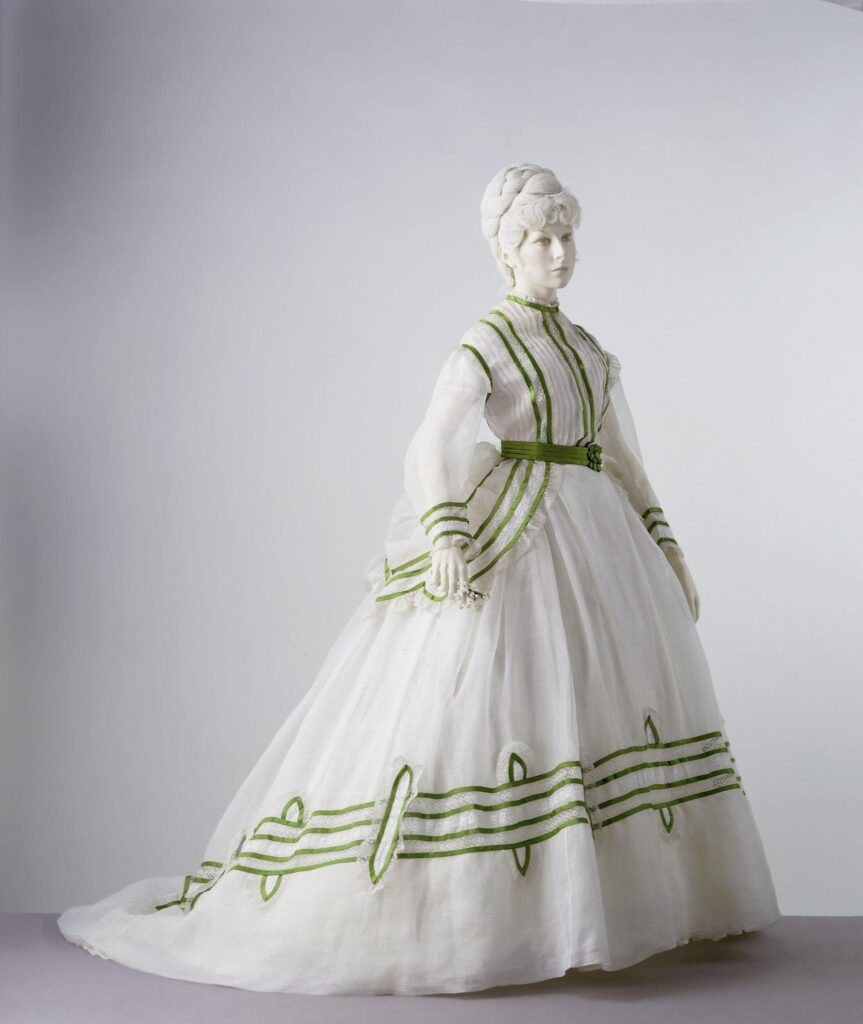
Image source: V&A Museum
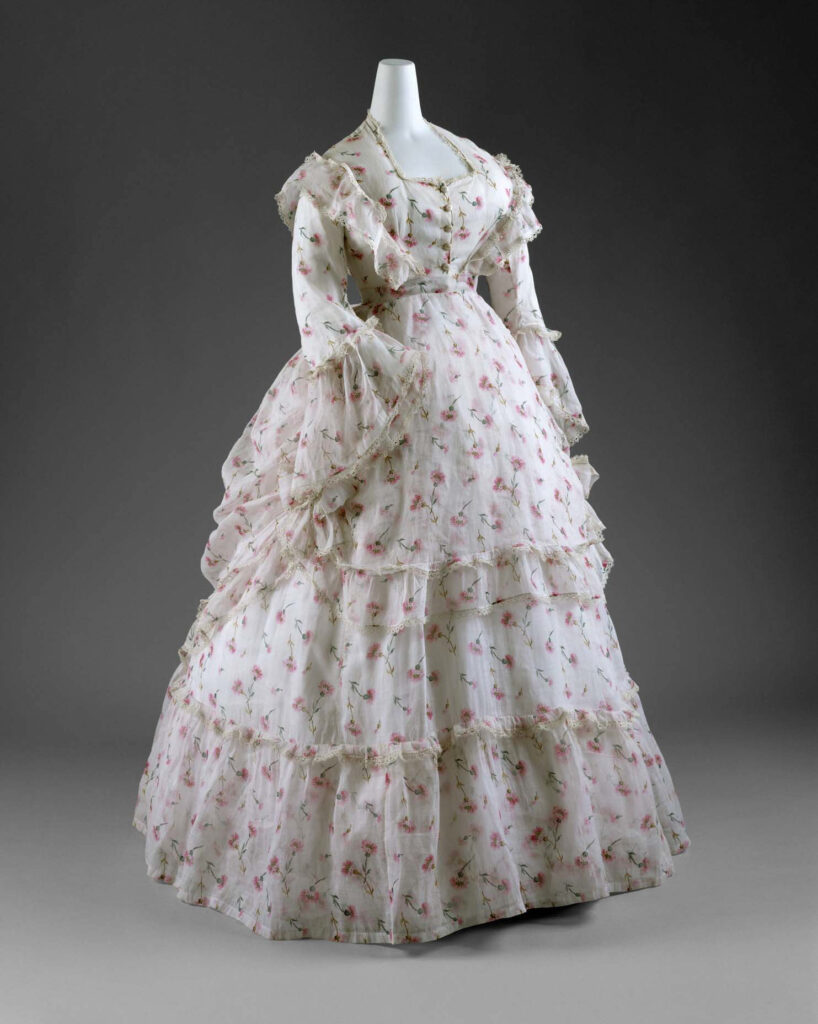
Image source: MetMuseum
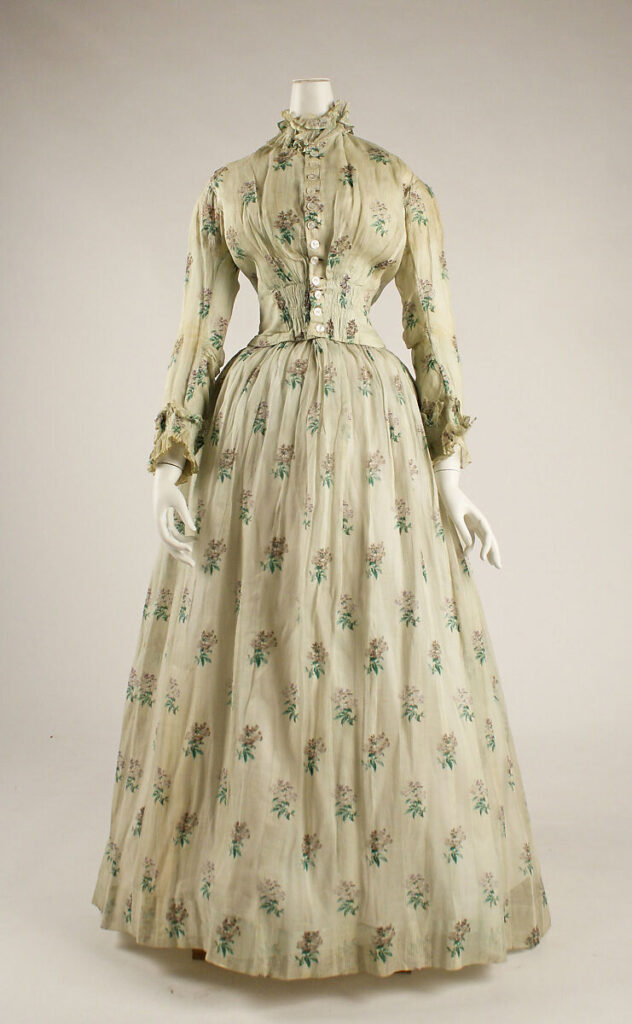
Image source: MetMuseum
Get one of your own!
Does Victorian culture fascinate you? You may enjoy these posts:
Rosy cheeks: the Victorian way
Victorian parasols: dainty and demure

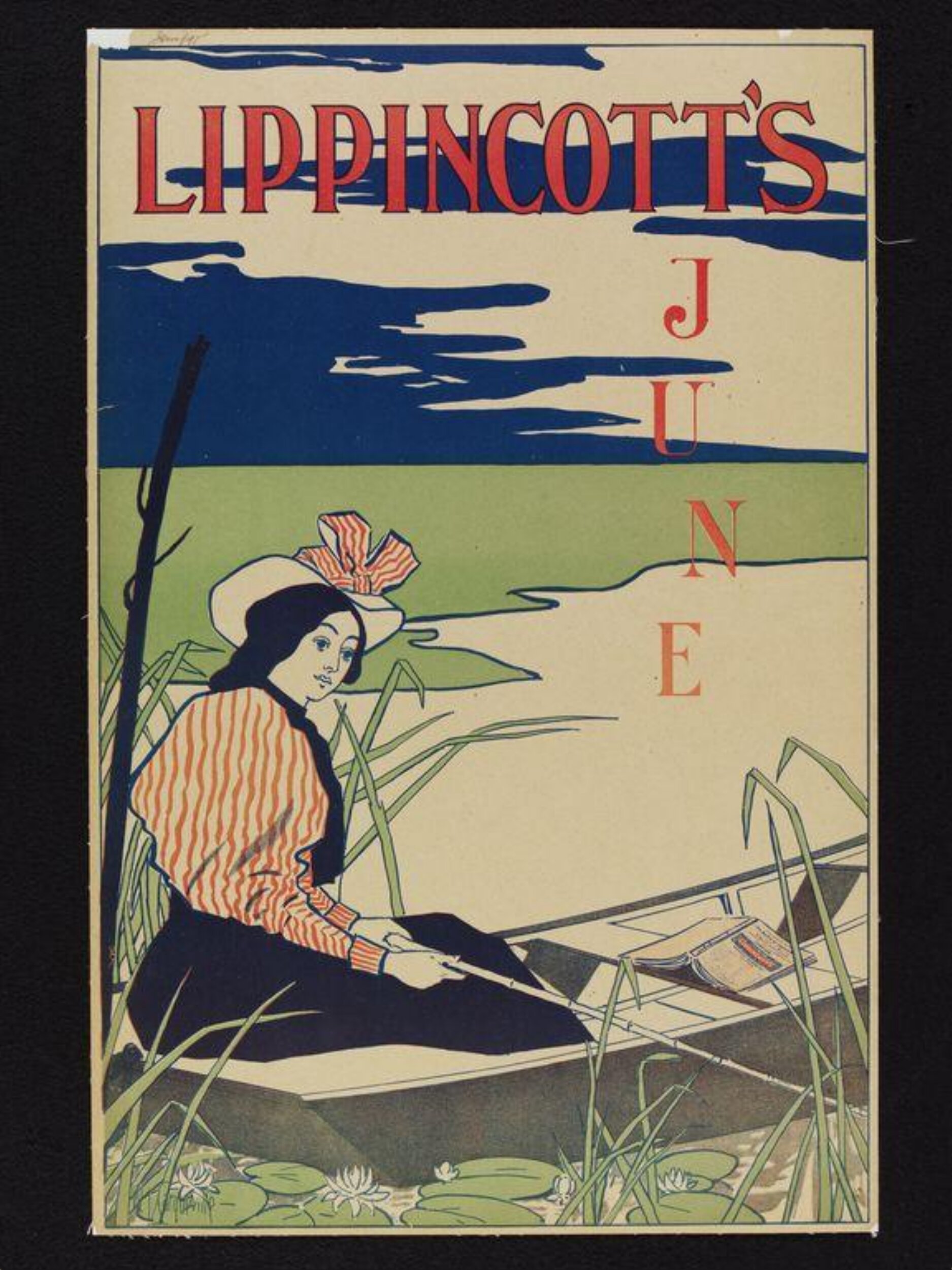
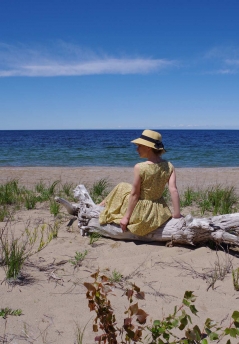
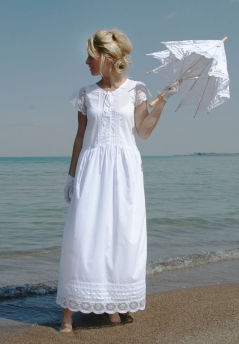
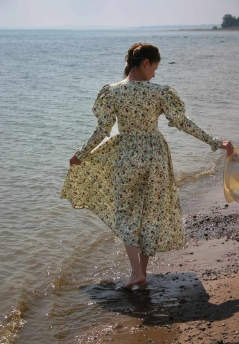


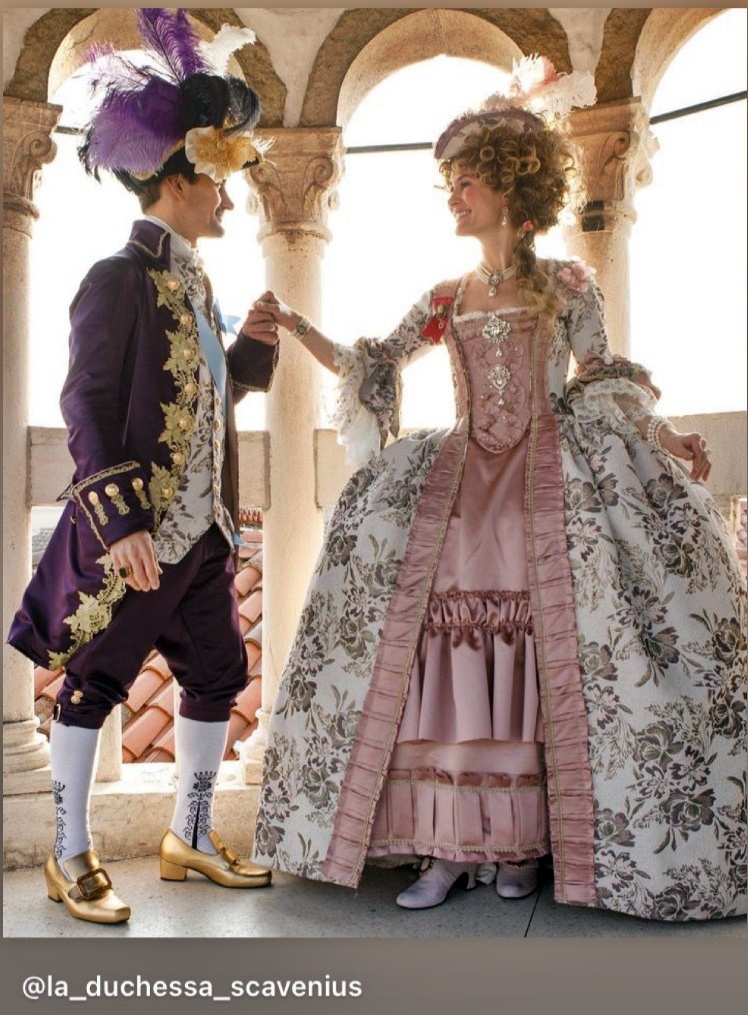
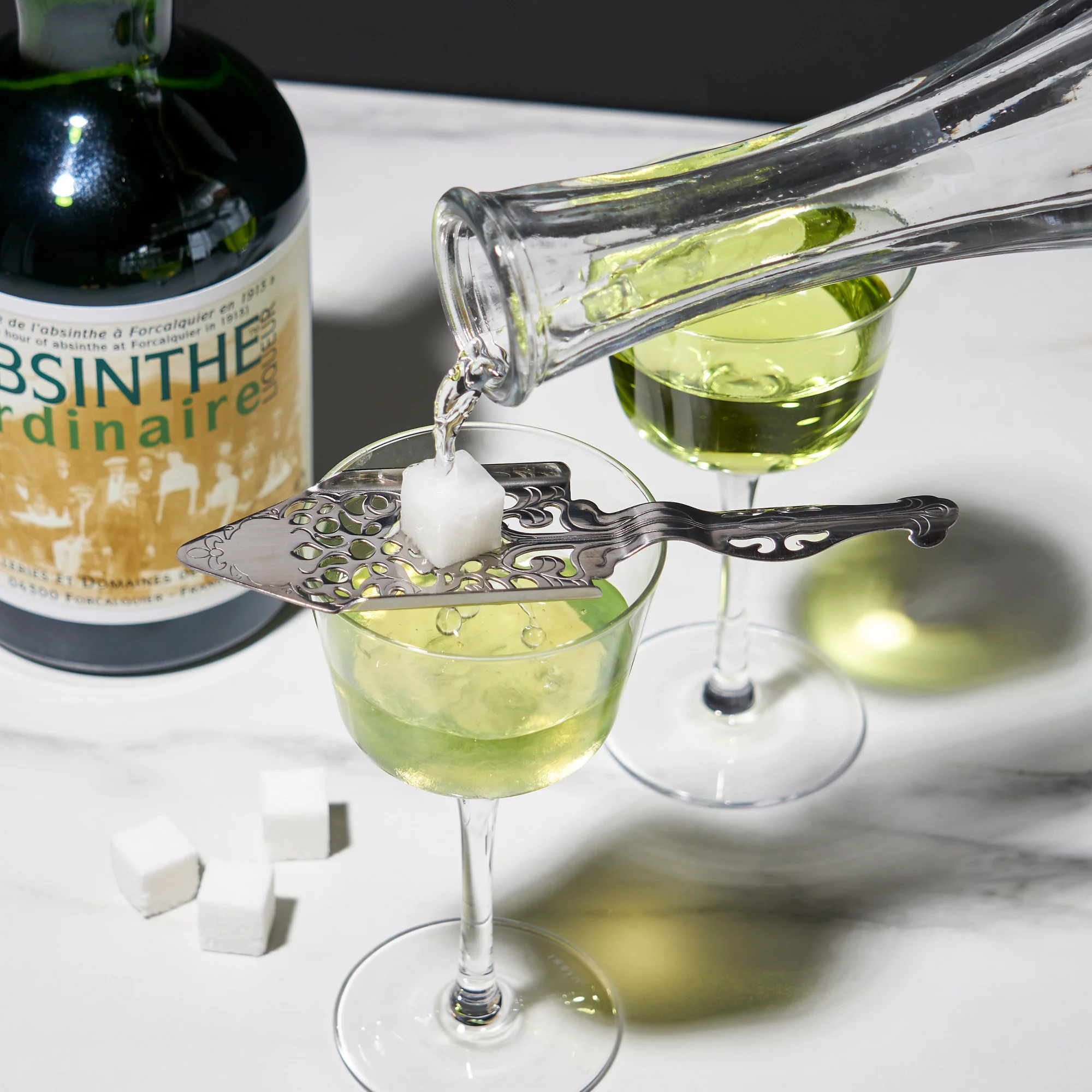



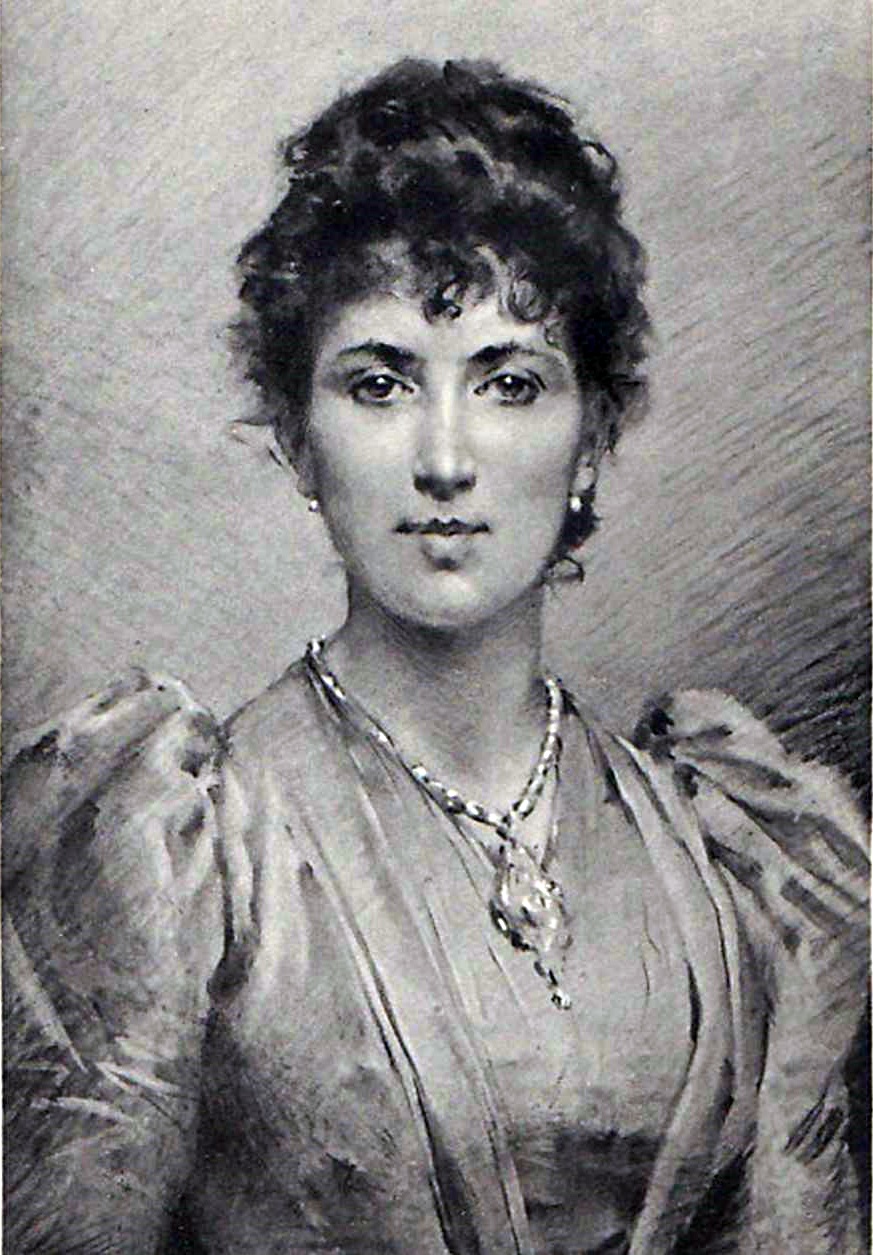




Leave A Comment